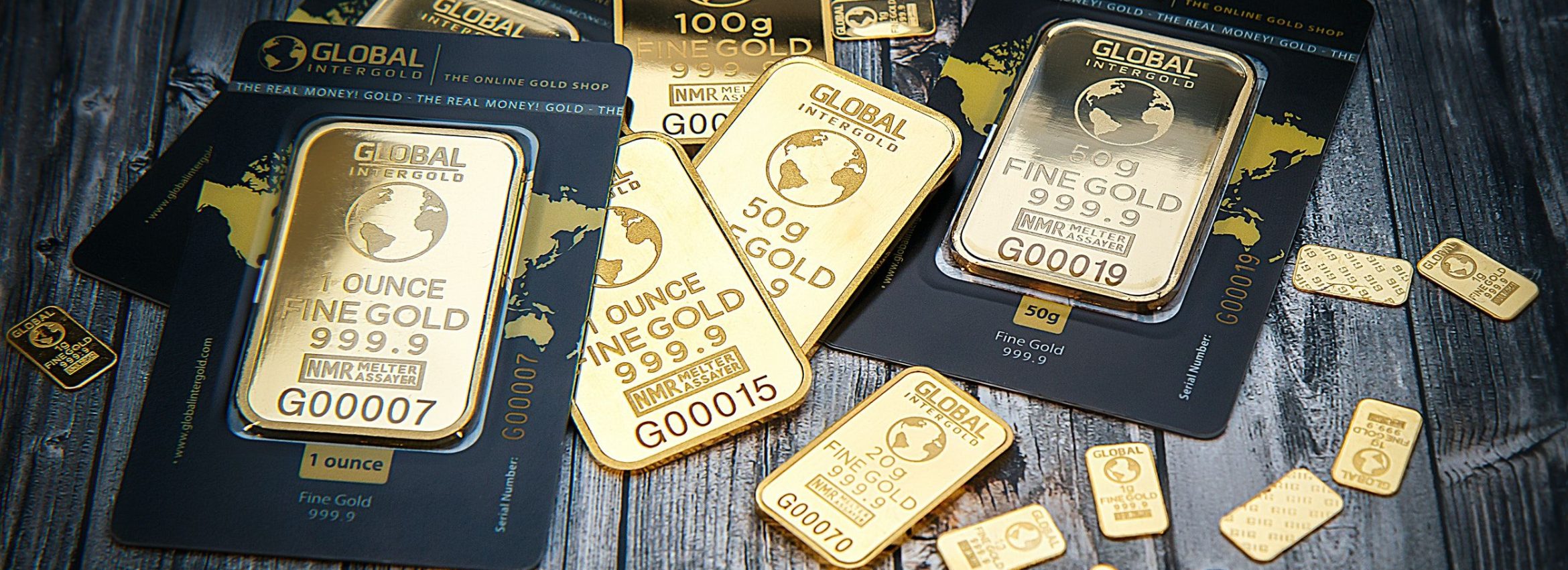
Precious metals are a class of rare, naturally occurring metallic elements with distinct properties that make them valuable for a variety of purposes. These metals have been treasured throughout human history for their beauty, durability, and unique characteristics. Precious metals play a vital role in various industries, investment strategies, and cultural practices around the world.
Gold: Perhaps the most renowned precious metal, gold has been used as currency, jewelry, and an investment for centuries. Its lustrous appearance, malleability, and resistance to corrosion make it highly desirable. Gold is often seen as a store of value and a hedge against economic uncertainty.
Silver: Silver’s high electrical and thermal conductivity, along with its reflective properties, contribute to its significance in industrial applications. It is used in electronics, photography, solar panels, and more. Like gold, silver also has historical and cultural value.
Platinum: Platinum’s high melting point, corrosion resistance, and catalytic properties make it essential in industries such as automotive (catalytic converters), jewelry, and chemical processing. It’s rarer than gold and silver, adding to its value.
Palladium: Palladium is known for its use in catalytic converters, helping reduce harmful emissions in vehicles. Its applications also extend to electronics, dentistry, and jewelry. The limited global supply has led to increased attention and value.
Historical Significance: Precious metals have played a central role in human history, serving as currency, status symbols, and objects of cultural and religious importance in various civilizations.
Diverse Applications: Beyond their ornamental value, precious metals have widespread industrial uses due to their unique properties. They are vital components in technology, medicine, energy, and more.
Inflation Hedge: Precious metals, particularly gold and silver, are often considered a hedge against inflation. Their value tends to remain relatively stable or increase during periods of economic uncertainty.
Investment Vehicles: Investors use precious metals to diversify portfolios and hedge against market volatility. Various investment options include physical bullion, exchange-traded funds (ETFs), mining stocks, and futures contracts.
Global Demand: Demand for precious metals spans industries and geographic boundaries. Factors such as economic growth, technological advancements, and supply constraints influence their prices.
Mining and Production: Precious metals are extracted from mines and then refined for industrial and commercial use. Their production involves complex processes to ensure quality and purity.
Market Dynamics: The prices of precious metals are influenced by supply and demand factors, geopolitical events, central bank policies, and market sentiment. Precious metals can experience significant price fluctuations over time.
Ethical Concerns: The mining and production of precious metals can raise ethical and environmental concerns. Sustainable and responsible sourcing practices are gaining importance in the industry.
In conclusion, precious metals hold a unique place in our world, combining historical significance, cultural importance, industrial applications, and investment value. Their enduring allure continues to shape industries, economies, and personal financial strategies across the globe.